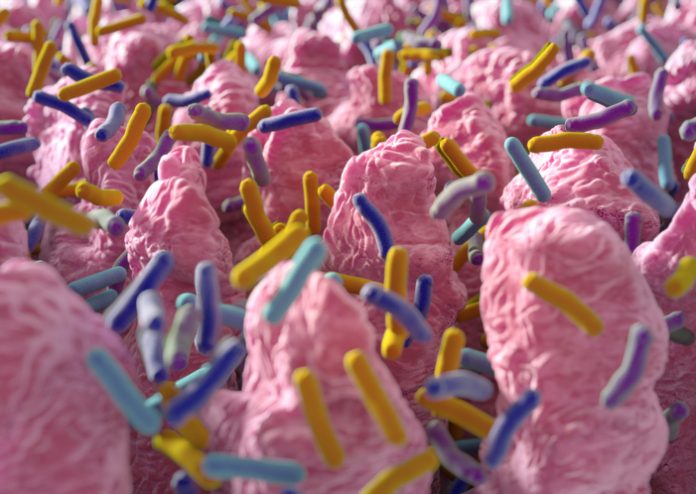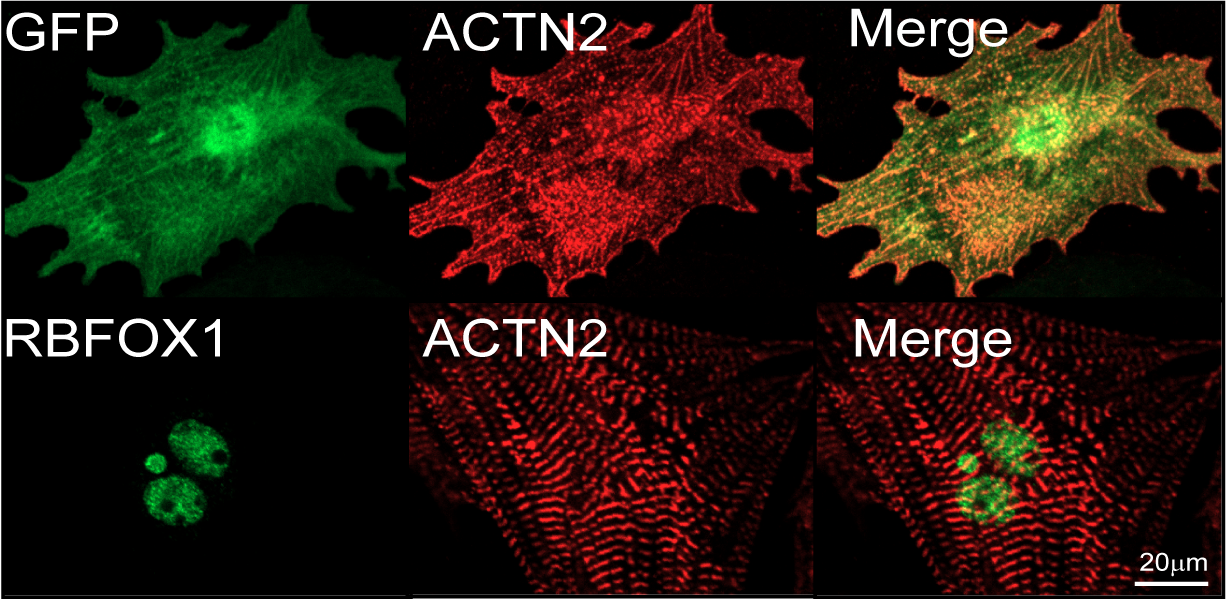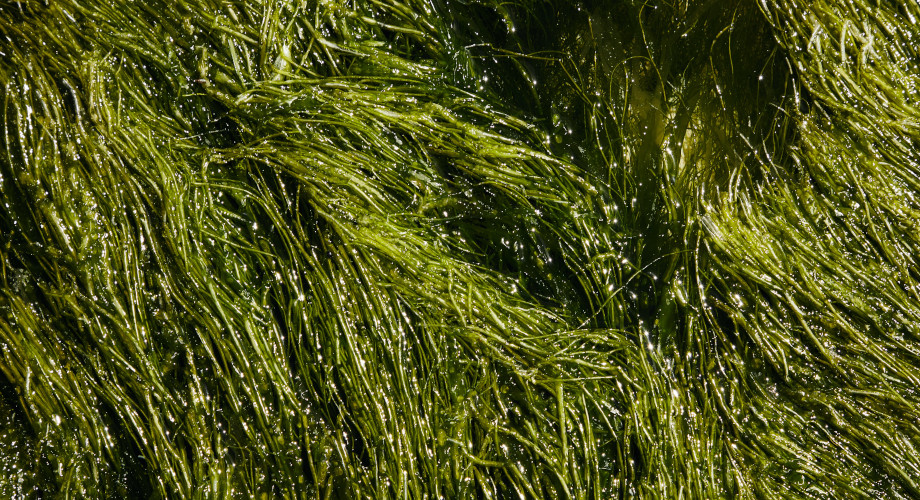
We are constantly reminded about how exercise benefits our bone and muscle health or reduces fat. However, there is also a growing interest in one element of our anatomy that is often overlooked: our fascia.
Fascia is a thin casing of connective tissue, mainly made of collagen—a rope-like structure that provides strength and protection to many areas of the body. It surrounds and holds every organ, blood vessel, bone, nerve fiber and muscle in place. And scientists increasingly recognize its importance in muscle and bone health.
It is hard to see fascia in the body, but you can get a sense of what it looks like if you look at a steak. It is the thin white streaks on the surface or between layers of the meat.
Fascia provides general and special f...
Read More








Recent Comments